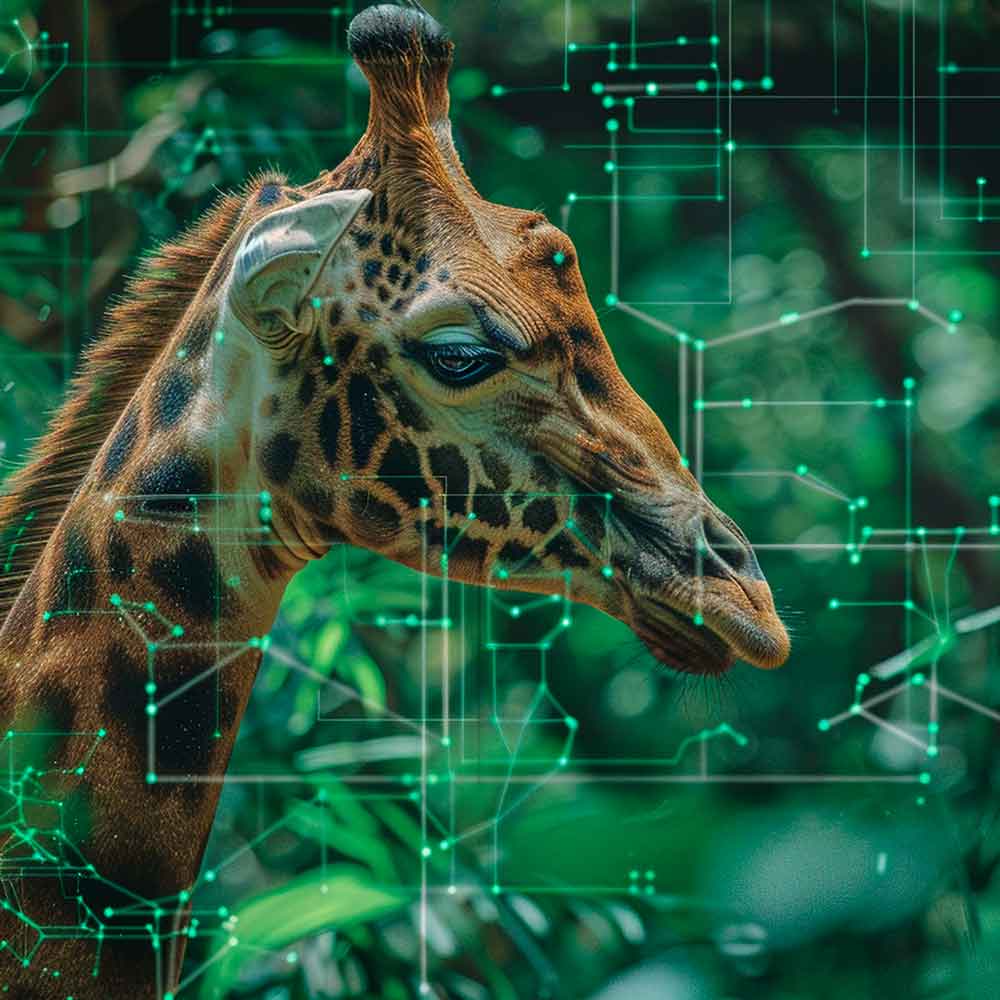How does a pod of sperm whales behave in the vast Atlantic? What is the snow leopard, that elusive Himalayan predator, up to throughout the day? And how fast are the glaciers in the Himalayas shifting? These are questions scientists hope to answer soon, thanks to a new concept called the “Internet of Animals,” realized through the ICARUS project. ICARUS, which stands for International Cooperation for Animal Research Using Space, is a program designed to conserve biodiversity by tapping into technologies that will give us real-time insights into how ecosystems function.
What is the Internet of Animals
The term was coined by Martin Wikelski, a lead scientist at the Max Planck Institute for Animal Behavior (MPI-AB). A German ornithologist, Wikelski envisioned a global network of transmitters connected via satellite, resembling the Internet of Things (IoT) but tailored to monitor Earth’s wildlife and ecosystems. He believes that the Internet of Animals will be as revolutionary as the decoding of DNA has been for human biology.
Wikelski offers numerous examples of how this is already transforming our understanding. For instance, a receiver activated in 2020 on the Russian module of the International Space Station (ISS) helped researchers better understand land birds like plovers. These birds undertake oceanic migrations of thousands of miles, adjusting their routes in response to air currents.

Wikelski goes even further, suggesting that the technology he’s developed could help explain the mysterious “sixth sense” some species display when detecting impending earthquakes. All this will be achieved through the ambitious ICARUS project.
A new approach to understanding ecological complexity
Following the disruption of data supply from the ISS due to the war in Ukraine, the ICARUS project, led by the Max Planck Institute, pivoted to using satellite-based receivers. By 2025, a network of five low-cost CubeSat microsatellites is expected to be in orbit, collecting information from ultra-light, solar-powered sensors—some weighing no more than a paperclip. These sensors will provide data on each animal’s energy expenditure, along with environmental factors like atmospheric pressure, altitude, and temperature.
These sensors, placed on different animal species, will allow scientists to analyze the real-time behavior of thousands of creatures from any laboratory using artificial intelligence. Previously, sensor data was only available hours or days later.
Besides tracking animals like birds, whales, and elephants, the sensors can also be placed on glaciers or even floating debris in the ocean, offering insights into environmental processes.
A key to the project’s success lies in cross-referencing data. Information from the sensors will be linked to meteorological, seismic, and oceanic data, and it can also be compared with satellite images of vegetation indices, such as NDVI. In essence, this approach will provide a comprehensive understanding of the complex interactions within ecosystems.
Project applications
Given the wealth of data, it’s clear the project will offer researchers invaluable insights into the health of different species and the ecological challenges they face. But that’s just one aspect of the Internet of Animals.
The expression “canary in a coal mine,” which refers to using birds to detect dangerous gas levels in mines, is particularly relevant here. Researchers believe that this system won’t just help track wildlife behavior for conservation but will also enable monitoring of climate events or even predicting natural disasters like volcanic eruptions or earthquakes by identifying abnormal patterns, such as sudden mass movements of animals.
The data generated by this project will be accessible to any interested researcher. This technological innovation is expected to make it easier to monitor little-known species and conduct low-cost, data-rich studies.
If you are interested in learning about other technologies contributing to sustainability across various fields, like construction or energy, subscribe to our newsletter at the bottom of this page.
Source:



